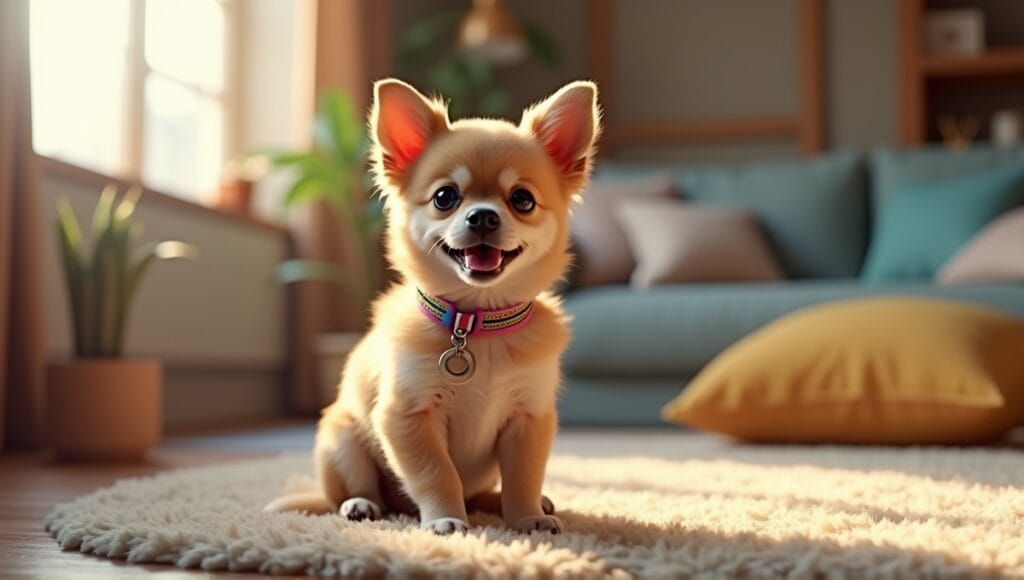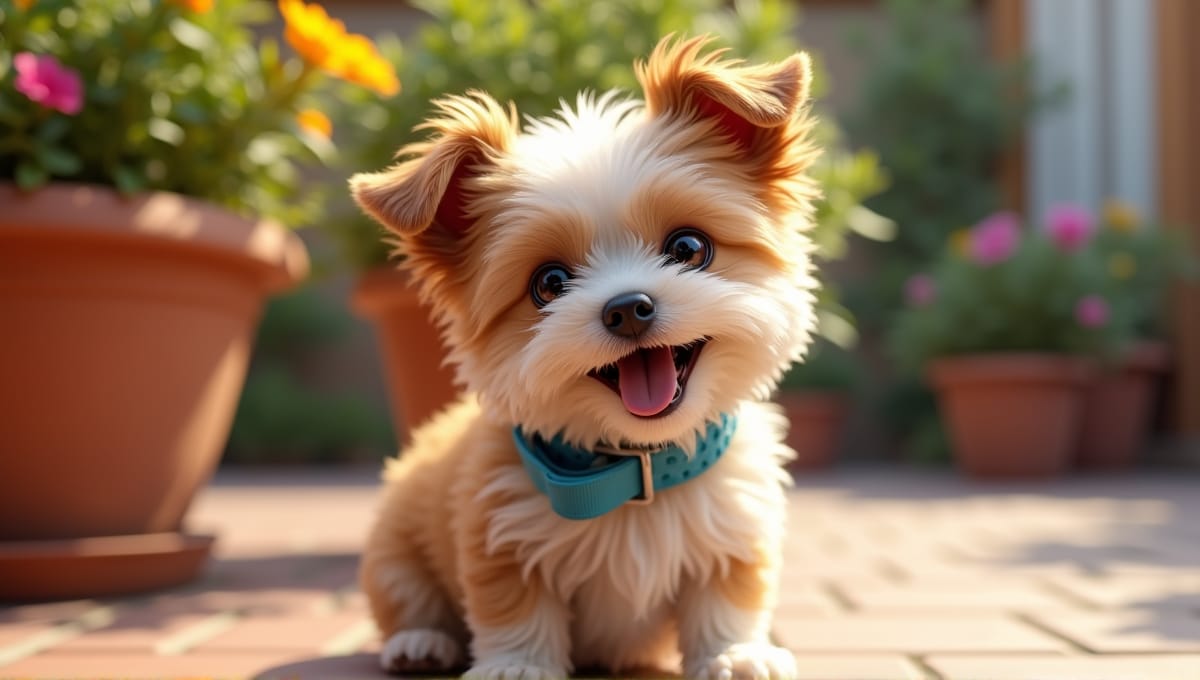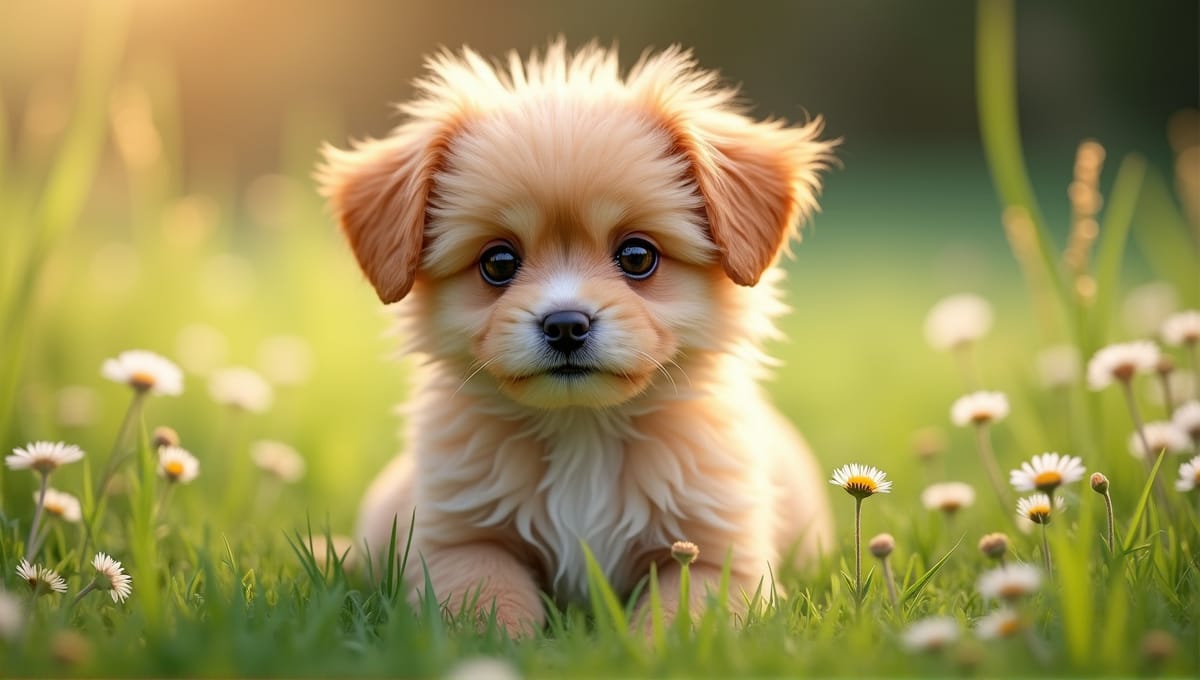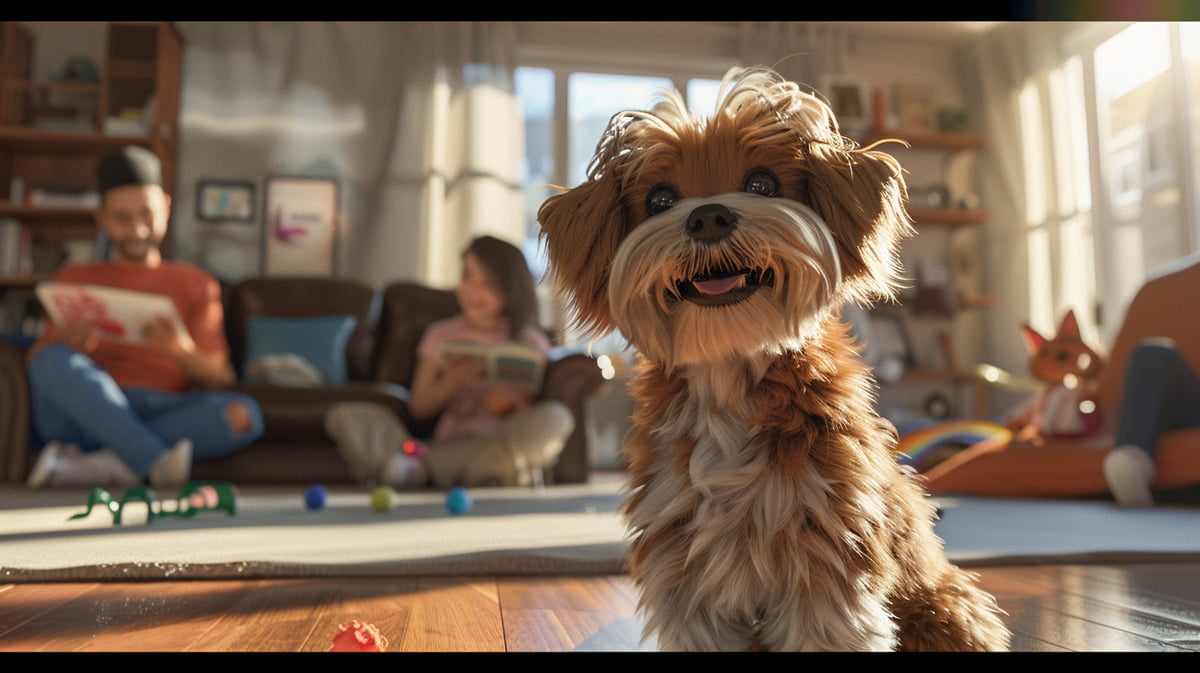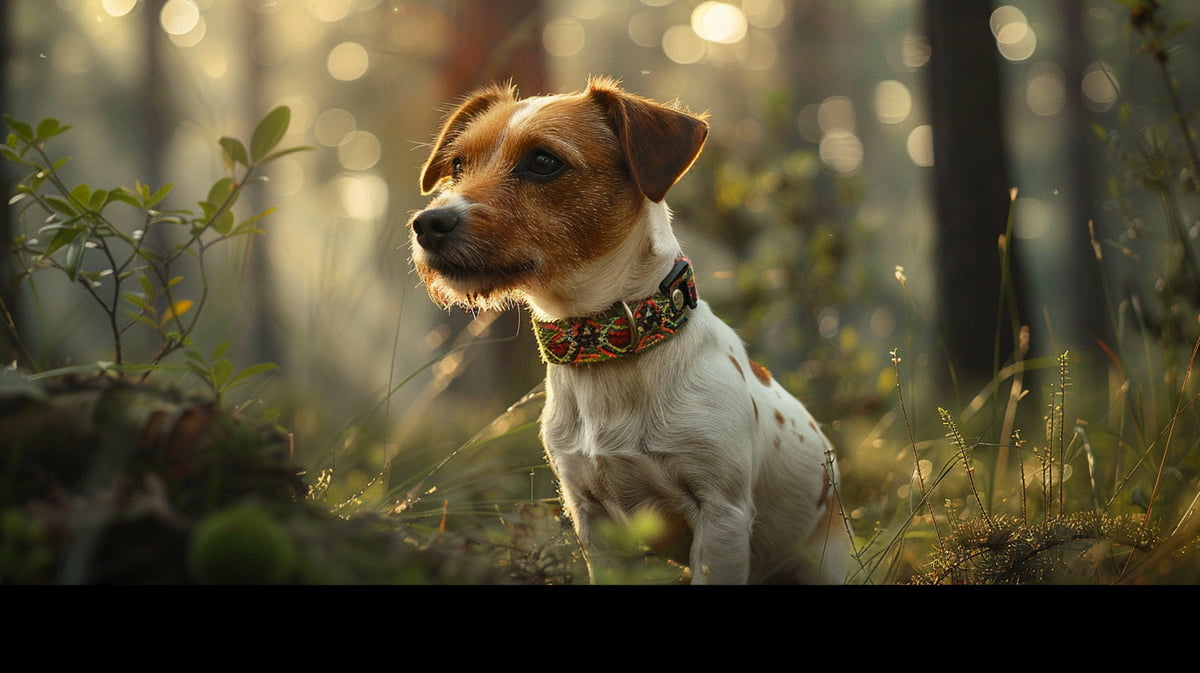Small dogs have a lot of character in a little body. I’ve personally witnessed how these little dogs can make any household happier. So, which of the smallest dog breeds is the best fit for you?
Top 10 Smallest Dog Breeds
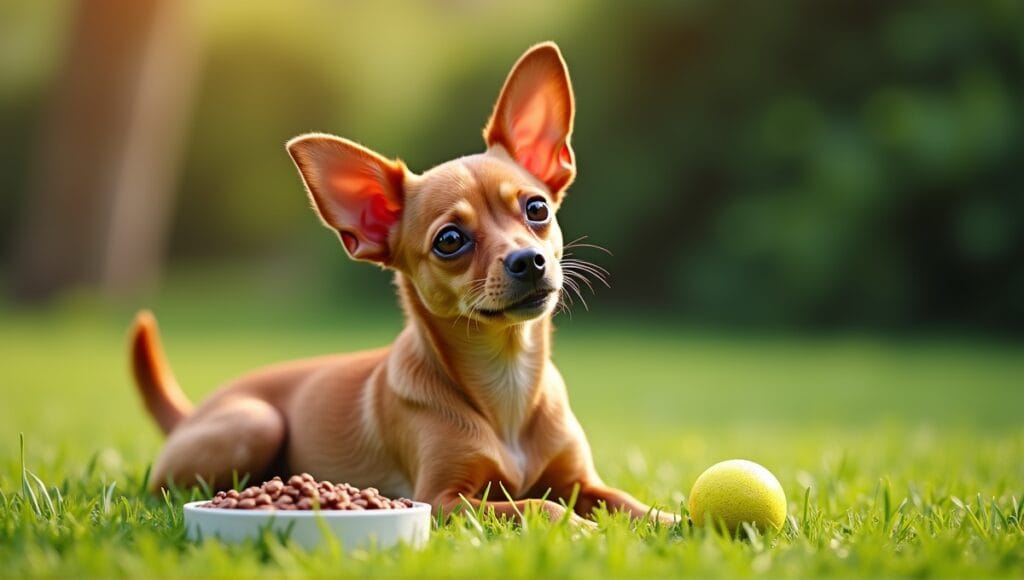
When it comes to small dogs, these are the top contenders. I’ve encountered plenty of small dogs, and let me tell you, they have a lot of attitude despite their diminutive size. Here are the smallest dog breeds:
Chihuahua: A tiny dog with a big personality, Chihuahuas weigh 6 pounds or less. They are known to be very loyal.
Yorkshire Terrier: Yorkies are a favorite in the toy dog category, weighing about 7 pounds with a beautiful, long, silky coat.
Toy Poodle: Toy poodles are smart and sophisticated, weighing 4 to 6 pounds. They have a curly coat that requires grooming.
Pomeranian: Pomeranians are fun little balls of fluff that weigh 3 to 7 pounds. They are highly active and always want to be the center of attention.
Shih Tzu: With a flat face and flowing coat, Shih Tzus typically weigh between 9 and 16 pounds.
Maltese: Maltese dogs are small, gentle, and playful, weighing less than 7 pounds. They have beautiful white coats, but don’t be fooled – they require daily maintenance.
Papillon: The name Papillon comes from their butterfly-like ears. They weigh 5 to 10 pounds and are known for being nimble and intelligent.
Russian Toy: Russian Toys are one of the smallest dog breeds, weighing just 2 to 6 pounds. They are lively and loving companions.
Brussels Griffon: These dogs have a very expressive face and weigh 8 to 10 pounds. They look a bit comical and have a larger than life personality.
- Japanese Chin: Japanese Chins weigh 7 to 11 pounds and are known for acting like a cat while looking very elegant.
If you’re interested in small long haired dogs, many of these breeds, like the Yorkshire Terrier and Maltese, fit that category perfectly.
Size and Weight Classification of Small Dog Breeds
The specific names for small dogs vary, but they all fit into specific categories. All toy breeds, for example, are defined as such by kennel clubs and breed standards.
Toy breeds are the smallest, most pint-sized dogs, usually weighing less than 15 pounds and standing less than 12 inches at the shoulder. Some Chihuahuas, for example, weigh only 2 pounds!
Small breeds are a little bit larger, usually weighing 15 to 30 pounds and standing 12 to 18 inches. A good example is a Shih Tzu or a Pug.
Here’s a breakdown of the size categories:
| Category | Weight Range | Height Range |
|---|---|---|
| Toy Breeds | Less than 15 lbs | Less than 12 in |
| Small Breeds | 15–30 lbs | 12–18 in |
| Medium Breeds | 30–50 lbs | 18–22 in |
Comparing these dogs to larger breeds really puts it into perspective. A Great Dane, for example, can weigh up to 175 pounds – that’s like 50 Chihuahuas! If you’re looking for the cutest small dog breeds, many of the toy and small breeds mentioned here are often considered among the most adorable.
Health Considerations for Tiny Dogs
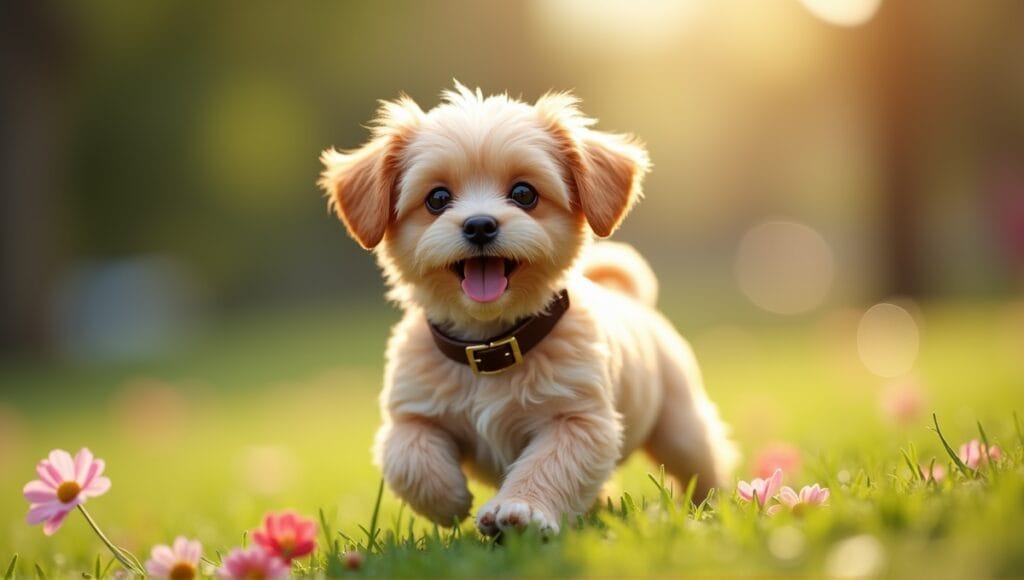
Taking care of small breeds requires unique consideration of their health needs. I’ve noticed that these tiny pups often experience:
- Dental problems: Small breeds tend to suffer from overcrowding and tooth decay.
- Hypoglycemia: This is a significant issue, especially in puppies.
- Tracheal collapse: This is a respiratory issue that frequently affects breeds like Yorkies.
- Luxating patellas: Knee issues can impact their dog’s quality of life.
- Heart problems: Some small breeds are prone to heart murmurs and valve diseases.
Tiny dogs have specific nutritional requirements. They have high metabolisms, so they need to eat frequently throughout the day. You also need to feed them high-quality, calorie-dense food.
Exercise is important, but it should be mild. Short walks and indoor play are ideal for small dogs.
Small breeds often have a longer lifespan than larger breeds. With proper care, many small breeds live to 12-16 years.
Regular visits to the vet are necessary. Because of their size, they’re more sensitive to medications and anesthesia, so it’s important to use a vet who understands these unique needs.
Living Requirements for Small Dog Breeds
You may assume small dogs are ideal for any living space, but they still have a few requirements:
- Space: They don’t need a lot of outdoor space, but they need a safe and comfortable indoor space.
- Temperature control: Small dogs get cold easily, so think about how you will keep them warm, such as warm bedding or even dog sweaters.
- Play areas: Even in a small apartment, plan on where they can play and burn off energy.
- Socialization areas: Designate spaces where they can safely interact with family and friends.
- Grooming area: Designate a spot where you can regularly brush them and keep them clean.
Small dogs are very adaptable to different living spaces. However, they do best with plenty of love and companionship. If you’re often away, consider how you will ensure they still get plenty of love and socialization.
Keep in mind these little dogs are delicate. Prepare your home for them as you would a baby to keep them safe from accidentally getting hurt. Design small, cozy spaces for them to escape and have alone time.
Temperament and Personality Traits of Small Dogs
Small dogs have big personalities. Their temperaments range significantly, though most exhibit the following characteristics:
- Loyalty: Many small breeds are very loyal to their owner.
- Alertness: They’re great watchdogs and will often bark at any strange sounds.
- Intelligence: Many toy breeds are intelligent and easy to train.
- Energetic: Many small dogs are surprisingly energetic.
- Stubbornness: Some breeds can be a bit stubborn and may require some patient training.
These little dogs often have a bit of a Napoleon complex. As a result, many little dogs develop “small dog syndrome” and become overly protective or aggressive.
Prevent these behavioral problems with proper socialization. Introduce your small dog to different people, animals, and environments from a young age.
Caring for Tiny Dog Breeds
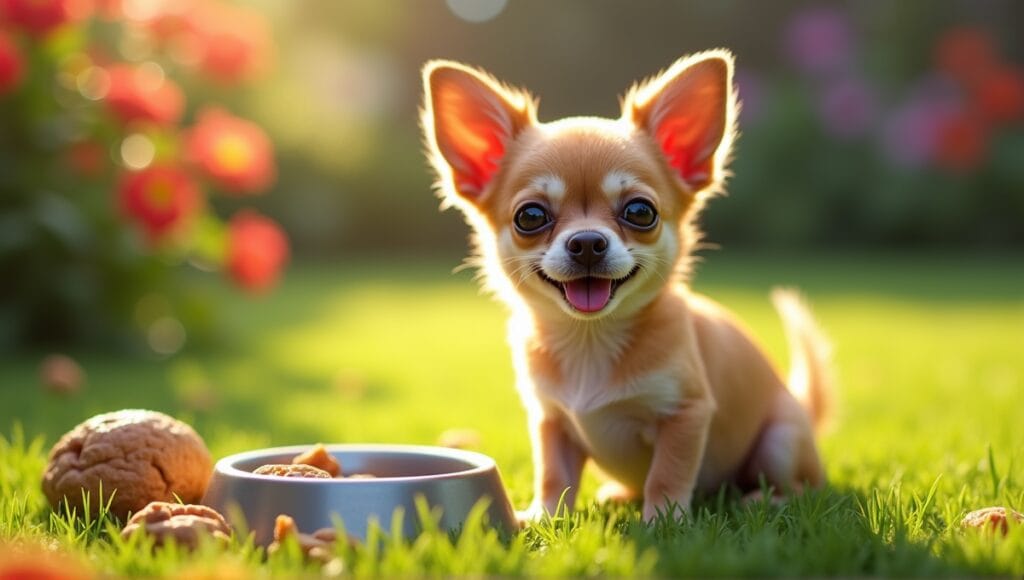
Caring for small breeds is all about the details. Here’s how to do it:
- Diet: Feed them high-quality, small breed specific dog food. Be mindful of portion sizes to prevent obesity.
- Exercise: Opt for short, frequent walks and play periods. Prevent overexertion.
- Grooming: Regular brushing is essential, especially with long haired breeds. Bathe them once a month or as needed.
- Dental care: Brush their teeth every day and offer dental chews to minimize tartar.
- Safety: Use a harness instead of a collar to protect their delicate trachea. Always supervise their outdoor time.
Small breeds have highmetabolisms, so they might require as many as 3-4 meals daily, especially as puppies.
For exercise, small dogs are great candidates for puzzle toys and indoor agility. Both options mentally and physically stimulate the dog without overdoing it.
Grooming requirements depend on the breed. Long haired varieties like a Yorkshire terrier need brushing every day, while short haired breeds might only need a quick brush once per week.
If you’re considering a small white dog breed, be aware that they may require more frequent grooming to keep their coat looking clean and bright.
Cost Expectations for Small Dog Breeds
Small dogs are generally less expensive than larger breeds, though you’ll still need to budget for the following:
| Expense Category | Estimated Cost Range |
|---|---|
| Purchase/Adoption | $500 – $5,000+ |
| Annual Food | $100 – $300 |
| Annual Vet Care | $200 – $500 |
| Grooming (Annual) | $200 – $1,000 |
| Supplies/Toys | $100 – $300 |
Initial costs can be substantial, especially for purebred puppies from reputable breeders. Adoption is typically less expensive.
You’ll spend less on food because they eat significantly less, but you should still feed them high-quality food. Vet care can be costly, especially if you have a breed that’s prone to health problems.
Grooming costs are a significant consideration. Some breeds need to visit the groomer every 4-6 weeks, while others can be groomed at home.
Don’t overlook expenses for things like clothing (for tiny dogs), carriers, and specialized bedding. While these are more optional, they can quickly add up and make your dog more comfortable.
For those interested in small fluffy dog breeds, keep in mind that their grooming needs and associated costs may be higher due to their plush coats.
In Closing
Small dog breeds might not take up much space, but they still require proper care to thrive. That’s my experience after working with dogs of all shapes and sizes for many years. Small breeds often have big personalities, and while they’re small, they have plenty of love to offer.
Regular visits to the vet, grooming, and socialization are all important for these little dogs. You’ll also need to be diligent about their dental care and help them avoid getting too hot or too cold. Despite their tiny stature, these dogs still need to be exercised and mentally stimulated. With the right care, your little dog can be a fun, affectionate member of your family for many years to come.


